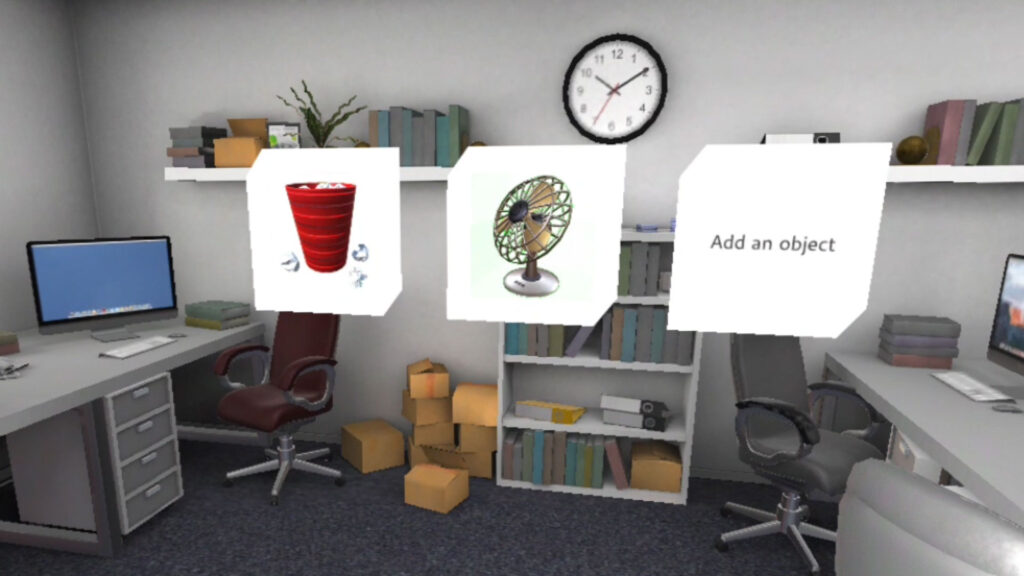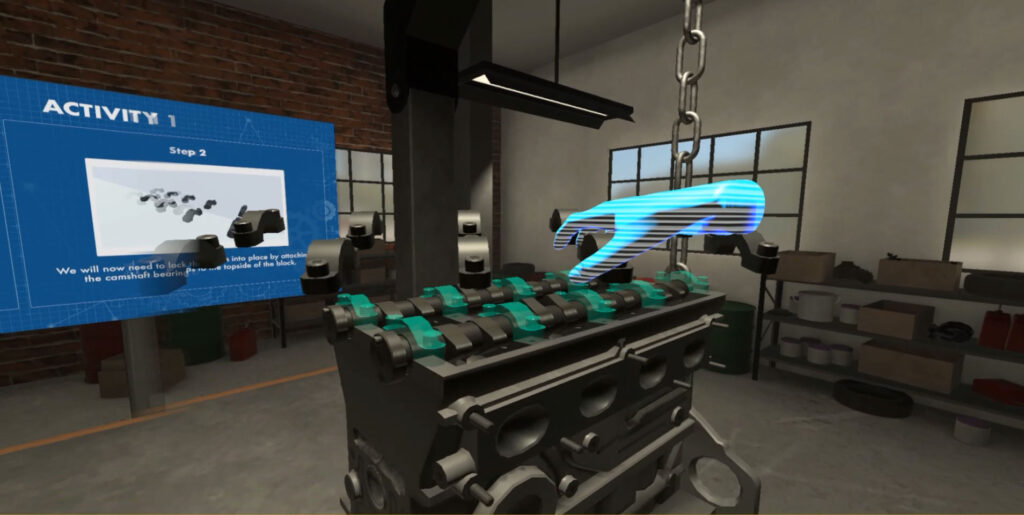According to self-report data from the Labour Force Survey, 565,000 workers sustained a non-fatal injury at work in 2021/22. Whether caused by slips and trips, handling and carrying, or being struck by a moving object, the workplace is one of the most common places for an accident to happen. While there are many variations of Health and Safety training formats, one of the most effective training methods is VR Animation. Improving your team’s safety, and performance, through VR Health and Safety training is an incredibly important aspect of onboarding your staff and keeping them safe while at work. Learning with VR is a fantastic way to practise the theory in limitless, risk-free scenarios.
In this article, we’ll shine a light on the importance of health and safety in the workplace; discussing effective ways to train your employees and how VR animations can play an important role in improving knowledge retention in your team.
Why is health and safety in the workplace important?
First and foremost, it’s a legal requirement for employers and their staff to take reasonable steps to ensure health and safety within the workplace. As laid out in The Health and Safety at Work Act from 1974, one of the key pieces of legislation on this topic, employers have a responsibility to protect both workers and the public from risks to their health and safety. Failure to do so can be incredibly costly for your business, with companies that break health and safety law facing substantial fines and even criminal prosecution.
Beyond this, there are a number of tangible benefits that prioritising health and safety within your business can bring. Making your workplace a safe environment has been shown to improve productivity and efficiency, with workers not having to worry about whether their space is safe or whether they may get injured completing tasks. Further, accidents at work are one of the largest causes of work absences, which can have a significant impact on productivity and your bottom line. This increase in productivity will then help to reduce costs further down the line.
In short, improvements in workplace health and safety result in fewer absences, streamlined operations and reduced risk of paying costly fines.










